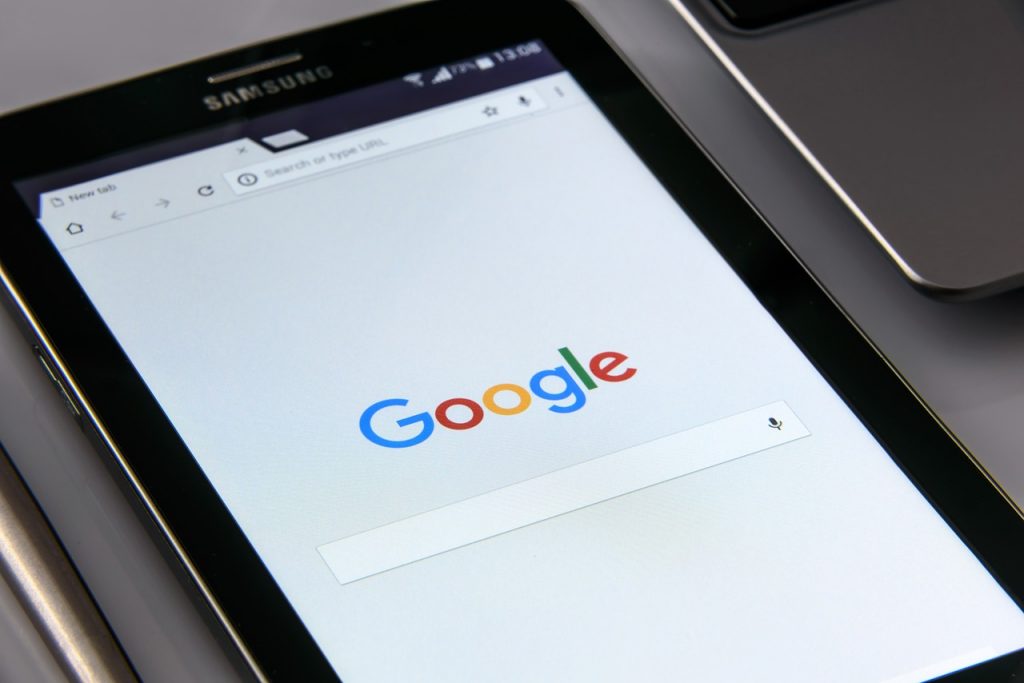How Google Maps Is Looking Out For Your Health
With climate change wreaking havoc on the environment, Google Maps decide to implement a handy new air quality feature.
This article is more than 2 years old

Google Maps has just implemented a new feature for Apple and Android phones. For many, air purity is key to a nice day of exercise or an enjoyable hike. The new Air Quality function can be used to check the surrounding area for smoke, smog, mist, and general air clarity. This feature can ensure you’ll have a healthy outdoor experience without any extra dirtiness clogging your lungs.
The Air Quality function on Google Maps operates as a layer over the original map using government data to show the Air Quality Index. The data comes from organizations like the Environmental Protection Agency to determine where the air quality is abysmal in the United States. The layer also inputs data from PurpleAir’s index, which is a real-time air quality reporter. Its collectively-sourced information allows instant updates on the street level, ensuring that you’re informed of all air quality interferences. You can click on the Air Quality dots on Google Maps to get further information like date, time, and sources for the index’s data.
Some of Google Maps’ most impressive data comes from the collected data of PurpleAir sensors. These sensors are cost-efficient and can be placed just about anywhere, usually popping up on street poles and signs. The sensors shoot an invisible laser, which is then reflected by particles floating in the air. The more harmful particles in the air, the more light reflected back to the PurpleAir detector. Putting up these sensors around the neighborhood helps collect instantaneous, thorough data about what’s polluting the air locally.
Before being introduced on Google Maps, PurpleAir’s purpose started off very differently. It was first constructed in 2020 to monitor forest fires on the West Coast. The PurpleAir detectors can locate and identify smoke just like they can with other air pollutants, making it an impressive, multi-purpose device. The company’s founder Adrian Dybwad quickly realized that the sensors could do more than detect wildfires, increasing its accessibility and business partnerships.
Google Maps has had wildfire mapping for a couple of years now. When you open the app, you can type in “wildfires near me” to locate any fire disasters in your area. Alongside the Air Quality layer, added figures about a fire’s smoke output and other associated pollutant info are included with wildfire Google searches.
More apps are introducing Air Quality radars of their own. Another app called Breezometer is an air purity mapping application that operates similarly to Google Maps’ new layer. It works on the street level to report current changes in the air, like heightened pollen and smoke particles. As environmental factors become more concerning, certain businesses are taking the fight against climate change to the next level, ensuring that people can see the pollutants usually invisible to the naked eye. With 91% of the world’s population living in areas with unacceptable air quality, apps that identify these pollutants help to reveal this environmental crisis.
As more US citizens have started realizing the severity of carbon emissions, air quality has become an increasingly popular topic of conversation. With Google Maps’ recent implementation, finding spots with the best air purity is easier than ever.



